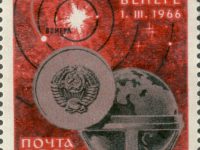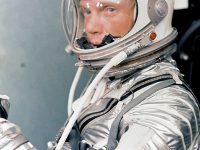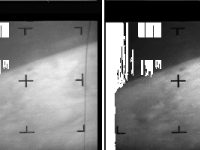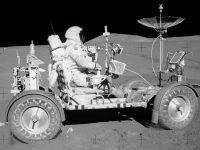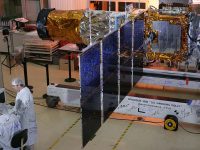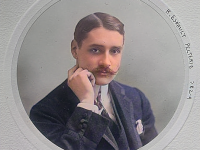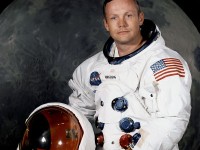Venera 3 and the Soviet Venera Space Probe Program
On November 16, 1965, Soviet spacecraft Venera 3 was launched. The Venera program space probe was built and launched by the Soviet Union to explore the surface of Venus. It possibly crashed on Venus on 1 March 1966, possibly making Venera 3 the first space probe to hit the surface of another planet. The Venera Series Space Probes The Venera series space probes were developed by the Soviet Union between 1961 and…
Read more

